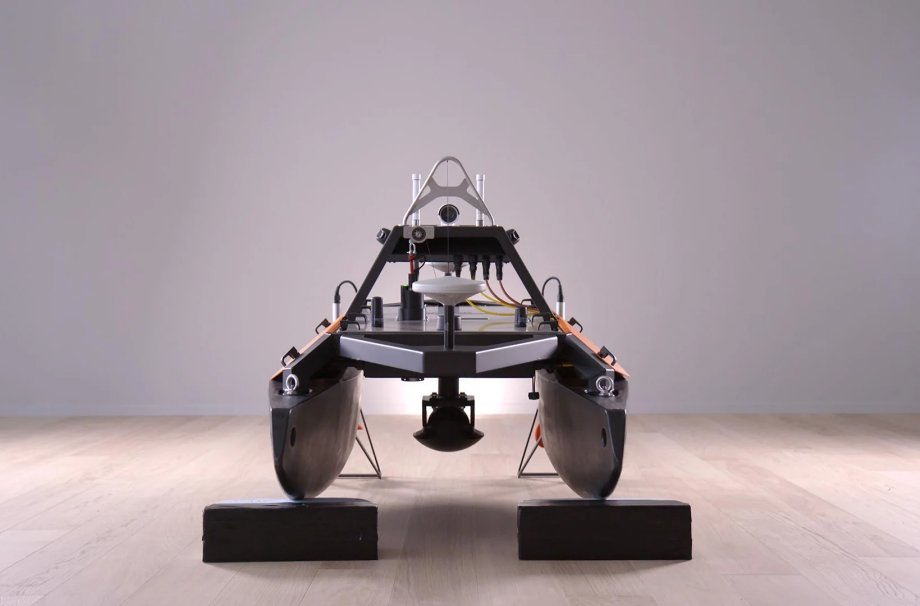Breaking news
Denmark supplies Otter Unmanned Surface Vehicles to Ukraine.
According to information published by ArmyInform on November 16, 2023, Denmark has recently provided Otter unmanned surface vehicles as part of international technical assistance. Captain Roman Goncharenko, Head of the Hydrographic Service of the Ukrainian Navy, revealed the details of this support.
Follow Navy Recognition on Google News at this link
 Otter Unmanned Surface Vehicle. (Picture source: Maritime Robotics)
Otter Unmanned Surface Vehicle. (Picture source: Maritime Robotics)
The unmanned surface vehicles, equipped with multi-beam echo sounders, are designed for seabed mapping to enhance the situational awareness of the underwater space. According to Captain Goncharenko, these complexes play a crucial role in detecting underwater objects, which is of paramount importance for naval operations.
The bathymetric information obtained allows for detailed knowledge of seabed depths at every centimeter, aiding in identifying underwater obstacles and planning safe routes for naval vessels.
Captain Goncharenko further noted that these USV are primarily used in port waters and closed aquatic areas. With the capability to gather information from 1024 beams, the Ukrainian Navy can now access detailed seabed reliefs, significantly enhancing their operational efficiency.
About the Otter
The Otter USV, developed by Maritime Robotics, is a tool for hydrographic surveys in sheltered and enclosed waters. This small autonomous surface vehicle (USV) integrates a control system for autonomy and a multi-beam echo sounder for seamless bathymetric surveys.
Its size, measuring 200 x 108 x 106.5 cm, allows for easy transport in a small cargo van, and its lightweight design of 65 kg enables single-operator launch from various locations like jetties, lakes, rivers, or beaches.
Powered by electric thrusters and up to four interchangeable battery packs, the Otter offers extended endurance, capable of operating for up to 20 hours at 2 knots. Its battery system, utilizing readily available components, ensures ease of maintenance globally.
Control of the Otter is facilitated through a graphical user interface or a mobile app. The app allows manual control, while the more comprehensive vehicle control station (VCS) offers various modes like course and speed control, heading control, and waypoint navigation. The VCS also enables live monitoring of sensor data quality, data visualization, and adjustment of sensor parameters.























